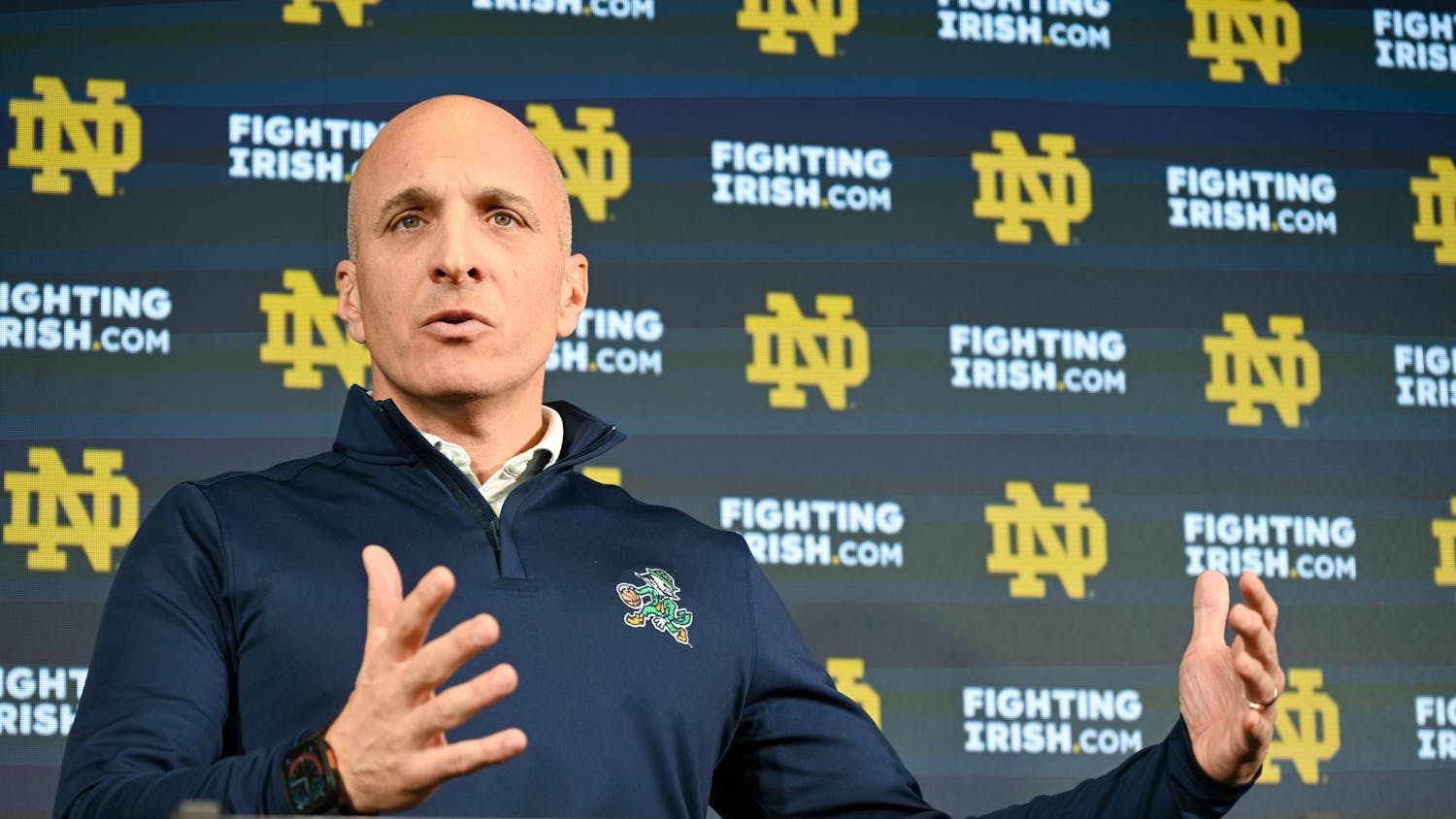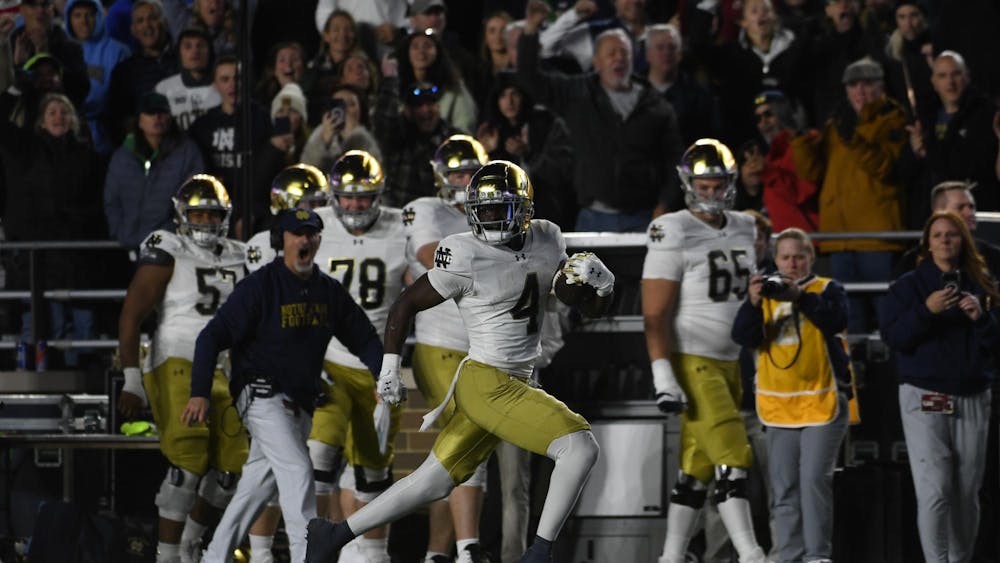Next month, hundreds of thousands will flock to the Indianapolis Motor Speedway as usual for one of America’s great traditions: the Indianapolis 500.
Yet one thing will be very, very different: Fernando Alonso’s presence.
Alonso is, by most metrics, one of the best drivers on the face of the planet. His 32 Formula One race wins place him sixth on the all time list, and among active drivers, his two drivers’ championships are only surpassed by Lewis Hamilton and Sebastian Vettel. He’s making $40 million this year to drive for McLaren, most in the series. While he’s not going to fight for the title once more this year — his weak Honda engine will again keep him out of serious contention — but when you listen to the commentators on an F1 race, or ask any fan of the series, you’ll hear them gush about how well he starts, how much he gets out of his underperforming car and how Alonso still has “it,” 11 years after he won his last title.
In some sense, Alonso’s entry will be a throwback to the 1960s, when F1’s best — Jack Brabham, Jim Clark and, of course, Graham Hill — crossed the Atlantic to run, and in Clark and Hill’s cases win, the 500, bringing with them the rear-engine revolution that changed the sport. In another, it’ll be a throwback to the 1970s, when his McLaren team won twice with Johnny Rutherford.
Perhaps more importantly though, where the status of the 500 is concerned, Alonso will forgo an opportunity to win at Monaco to run Indianapolis.
Thirty years ago, if you’d asked any racing fan what the world’s biggest race was, the odds would have been good the Indianapolis 500 was the answer — even NASCAR or F1 fans would be likely to admit it. But, thanks in part to an ever-damaging American open-wheel split that separated the largest race from the best drivers in the mid-’90s, the 500 wouldn’t be the universal, or even most popular, answer to the question today.
A NASCAR fan will rave about the Daytona 500; an F1 fan would discuss Monaco.
Yet, on its biggest weekend, Alonso is ditching F1 for the Indianapolis 500.
Yes, the troubled car McLaren-Honda has given Alonso this year probably factors into this decision — Alonso has little chance to finish on any F1 podium this year, so an opportunity to go somewhere he may be able to run near the front has to be attractive.
But at the same point in time, if Alonso was going to find the F1 podium this year, it was almost certainly going to be at Monaco. The famous street circuit often produces wonky results and, last year, it was Alonso’s joint-highest finish, fifth. A good result at Monaco could have been a highlight of Alonso’s season in Formula One — instead, he’s choosing IndyCar and the 500 for a chance at the highlight of his season.
Nationwide and worldwide attention has, in recent years, pivoted away from the Indianapolis 500, that’s true. Yet Alonso’s decision to race the 500 gives it something it hasn’t had in a while: a must-watch attraction.
Yes, it is true that Alonso isn’t likely to move the needle inside the United States — Kurt Busch’s run in 2014 will have done more than the Spaniard heading to Indianapolis this year.
But the real opportunity comes from the legitimacy Alonso will bring to the field.
Largely, race fans perceive the world’s best drivers to be outside of IndyCar — whether that’s fair or not. Hamilton, Alonso and Vettel are all better than IndyCar’s Scott Dixon or Will Power; NASCAR’s Jimmie Johnson would be higher-regarded by most Americans than Ryan Hunter-Reay. Now, IndyCar’s best drivers will, at least, have a chance to run against one of those guys on their turf — and who knows, perhaps Alonso’s decision will turn into increased one-off appearances by other series’ top drivers.
And, perhaps, more than anything, it’s that Alonso brings legitimacy to the race; he’s running the 500 as part of his goal to be the “best driver in the world.” If Alonso’s participation proves one thing, it’s the the Indianapolis 500 is, well, still the Indianapolis 500.
Or, as we often like to refer to it back home, the “greatest spectacle in racing.”
Read More
Trending








